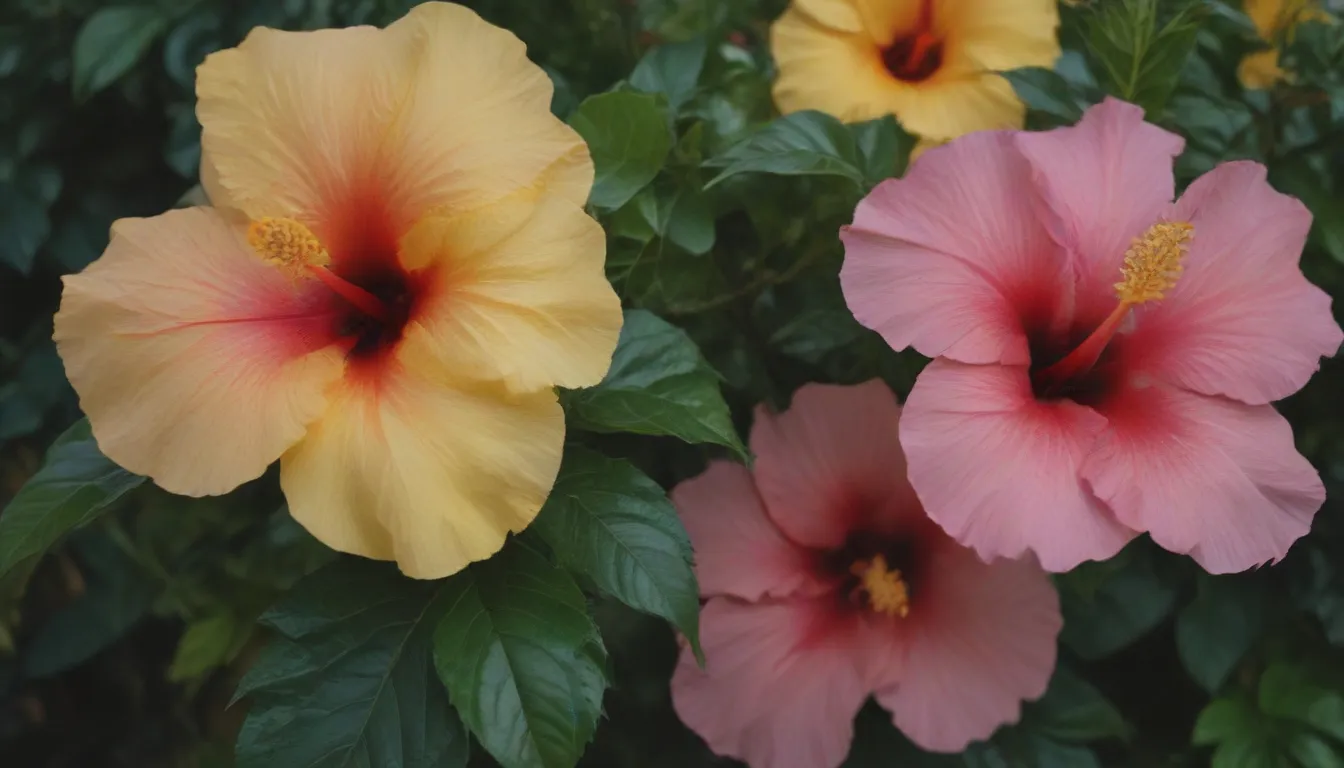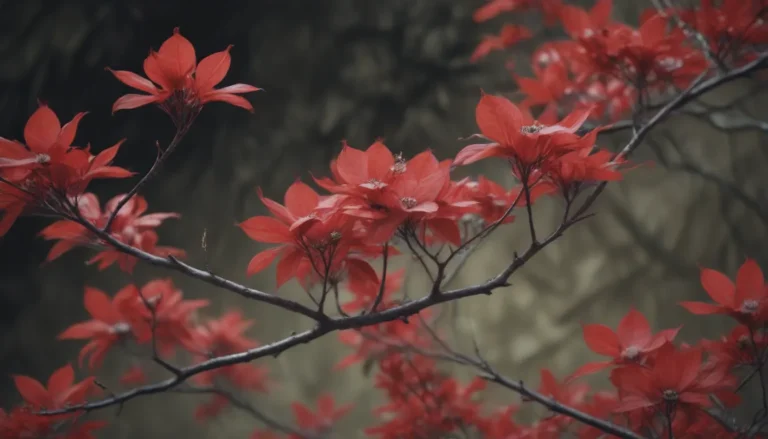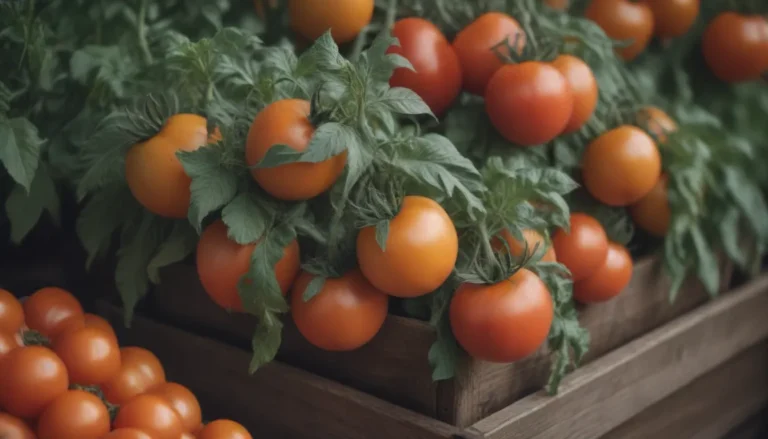Why Are Your Hibiscus Leaves Turning Yellow?

Hibiscus plants are a stunning addition to any garden, with their vibrant, tropical blooms adding a touch of color and beauty. However, one common issue that many hibiscus owners face is the yellowing of their leaves. If you’ve noticed your hibiscus leaves turning yellow, don’t fret – there are several reasons why this might be happening, and most of them can be easily addressed with a little bit of care and attention.
In this article, we’ll explore seven reasons why your hibiscus leaves might be turning yellow. From simple solutions like adjusting your watering schedule to more complex issues like nutrient deficiencies, we’ll cover everything you need to know to keep your hibiscus plants healthy and happy.
1. Dormancy
During the winter months, hibiscus plants enter a period of dormancy. This is a natural part of their growth cycle, and it’s not uncommon for some leaves to turn yellow and fall off during this time. However, if all of the leaves on your hibiscus plant turn yellow and drop, it could be a sign of a different problem.
If you live in a colder climate, make sure to bring your container-grown hibiscus indoors for overwintering. A few yellowing leaves in the fall are nothing to worry about, but if your plant becomes defoliated, it might be time to take action.
2. Light
Another common cause of yellowing leaves in hibiscus plants is insufficient light. In southern climates, hibiscus plants can thrive in partial shade, but in northern climates, they need full sun during the growing season. If your hibiscus isn’t getting enough sunlight, it can lead to discoloration and leaf loss.
For container plants, make sure to move them to a location where they can get the sunlight they need. In-ground plants may benefit from being transplanted to a sunnier spot or by pruning surrounding vegetation to allow more light to reach the shrub.
3. Nutrient Deficiency
Yellow leaves can also be a sign of nutrient deficiencies in your hibiscus plants. These plants are heavy feeders and require a balanced fertilizer with equal amounts of nitrogen, potassium, and phosphorus. Iron chlorosis, a micronutrient deficiency, can cause the leaves’ tips to turn yellow while the veins remain green.
Make sure to feed your hibiscus plant with a chelated iron supplement in addition to a balanced fertilizer to restore its natural green color.
4. Watering
Both overwatering and underwatering can cause hibiscus leaves to turn yellow. Tropical hibiscus plants need a lot of water, especially in hot weather and windy locations. Container-grown hibiscus plants are particularly thirsty and should have consistently moist soil.
Check the moisture level of the soil regularly and water deeply when needed. In-ground hibiscus plants are less prone to drying out but still require regular watering, especially during dry spells.
Avoid overwatering, as this can lead to root rot and yellowing leaves. Ensure proper drainage for your container plants and improve the soil’s drainage for in-ground hibiscus plants if necessary.
5. Frost
Tropical hibiscus plants are not frost-hardy and will experience yellowing and leaf drop if exposed to cold temperatures. If you live in a region below USDA zone 9, make sure to bring your container-grown hibiscus indoors before the first fall frost and keep it indoors until all danger of frost has passed in the spring.
6. Wind and Draft
Hibiscus plants do not fare well in strong winds, which can cause their leaves to dry out and turn yellow. Plant your hibiscus in a sheltered spot to protect it from wind damage. Container plants should also be shielded from hot summer winds.
Indoor drafts can have a similar effect on hibiscus plants, so make sure to place them in a draft-free location during the winter months.
7. Pests
Pests like spider mites, scale insects, mealybugs, and hibiscus aphids can also cause hibiscus leaves to turn yellow. These pests are often difficult to detect but can be treated with insecticidal soap or neem oil.
Regularly inspect your hibiscus plants for signs of pest infestations and take action promptly to protect your plants from damage.
By addressing these common issues that can cause hibiscus leaves to turn yellow, you can keep your plants healthy and thriving. With proper care and attention, your hibiscus plants will continue to delight you with their beautiful blooms for years to come.





